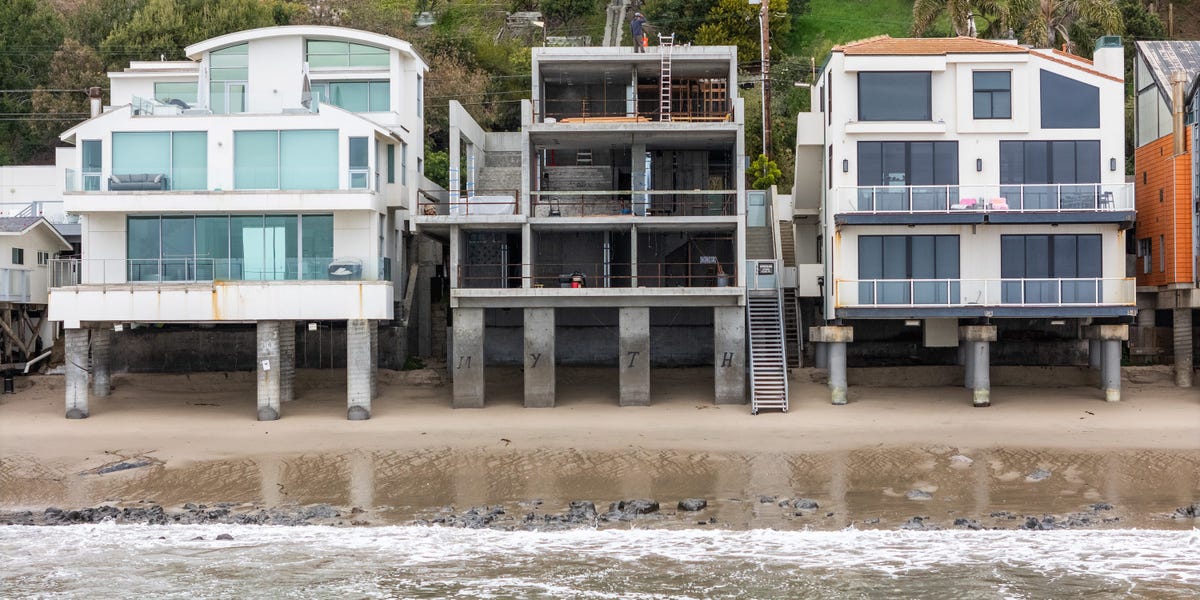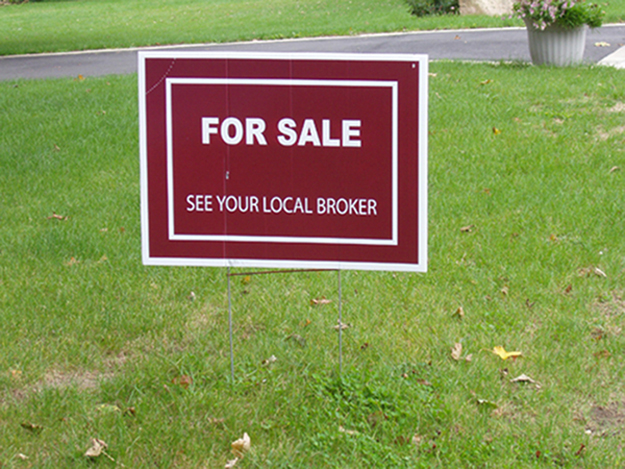T
he autism treatment sector is rapidly expanding, driven by increased diagnosis rates and awareness. This growth has attracted investment capital, including private equity backing, which raises concerns about prioritizing care over profit.
In the Twin Cities, former medical office spaces are being repurposed for autism therapy use, contributing to a decline in office vacancy rates but limiting options for traditional healthcare providers. Buildings with small exam rooms and gathering spaces are well-suited for autism facilities, but require thoughtful integration into existing buildings.
Private equity investment in the autism sector is increasing, with several local examples in recent years. However, this trend has raised concerns about prioritizing care over profit, as private equity firms focus on return on investment rather than patient needs.
Nonprofit providers tend to focus on areas of greater need, while for-profit providers often favor suburban locations with well-insured populations. Some autism nonprofits are working to remain present in urban areas to ensure accessible care for low-income and uninsured individuals.
The growth of outpatient autism services is expected to continue, with therapy spaces adaptable to existing building stock. However, construction cost inflation and limited new development opportunities pose challenges for build-to-suit facilities.
Healthcare real estate companies like Davis are handling leases for new autism groups entering the market, often leasing spaces in the 7,000-8,000 square-foot range that can be retrofitted for therapy use.














